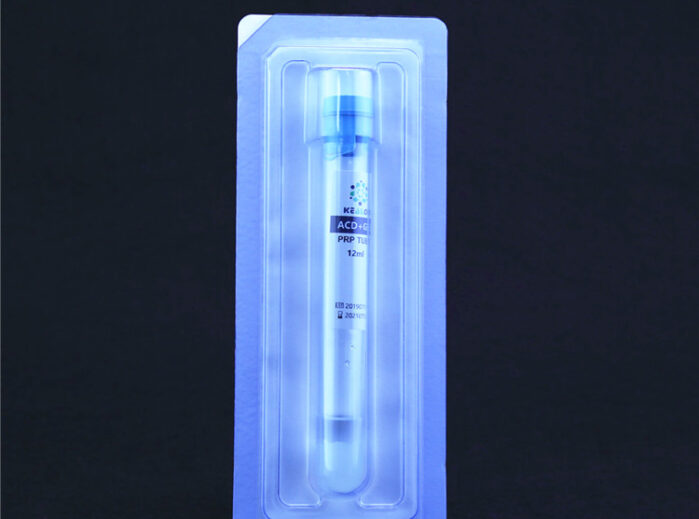Some PRP kits offer the option to customize platelet concentration based on a patient’s specific needs. This customization feature allows healthcare providers to tailor the platelet concentration in the PRP to align with the requirements of the medical or aesthetic procedure and the patient’s individual characteristics. Here’s how customization of platelet concentration in PRP works:
1. Adjustable Centrifugation Parameters: Some PRP kits provide healthcare providers with control over centrifugation parameters, such as speed, duration, and acceleration. By adjusting these parameters, healthcare providers can influence the separation of blood components and, consequently, the platelet concentration in the PRP.
2. Choice of Collection Tubes: PRP kits may offer different types of collection tubes with varying capacities and surface treatments. The choice of collection tube can affect the final platelet concentration. For example, smaller tubes may lead to higher platelet concentrations.
3. Leukocyte Control: Certain PRP kits also allow healthcare providers to customize the leukocyte (white blood cell) concentration in the PRP. This feature can be particularly useful because the presence or absence of leukocytes can impact the inflammatory response and tissue repair.
4. Additives and Activators: Some PRP kits include additives or activators that can influence platelet activation and growth factor release. Healthcare providers can choose whether or not to use these additives, depending on the desired therapeutic outcome.
5. Multiple Spins: Certain PRP protocols involve multiple spins in the centrifuge, with each spin serving a specific purpose. This multi-spin approach can help healthcare providers fine-tune the platelet concentration and purity of the PRP.
6. Flexible Processing Options: PRP kits with flexible processing options provide healthcare providers with a range of choices, allowing them to select the most appropriate processing method for the patient’s condition and the intended procedure.
Customization of platelet concentration in PRP is particularly valuable because different medical conditions and aesthetic procedures may benefit from specific platelet concentrations. For example:
- Orthopedic applications often benefit from higher platelet concentrations to support tissue repair and reduce inflammation.
- Aesthetic treatments, such as facial rejuvenation, may prefer lower platelet concentrations to minimize inflammation and improve patient comfort.
- Dental and oral surgeries may require a customized approach based on the specific procedure and patient’s oral health.
However, it’s crucial for healthcare providers to have the necessary expertise and training to make informed decisions regarding platelet concentration customization. Additionally, clear communication with the patient regarding the goals and expected outcomes of PRP therapy is essential to ensure that the treatment aligns with their specific needs.








